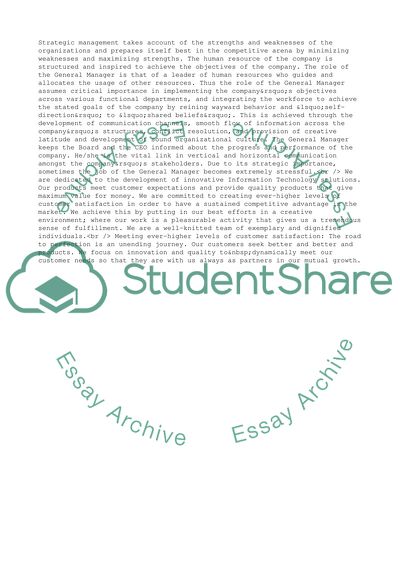Cite this document
(The Roles of the General Manager Case Study Example | Topics and Well Written Essays - 2453 words, n.d.)
The Roles of the General Manager Case Study Example | Topics and Well Written Essays - 2453 words. Retrieved from https://studentshare.org/management/1544515-an-introduction-to-strategic-management-and-the-roles-of-the-general-manager
The Roles of the General Manager Case Study Example | Topics and Well Written Essays - 2453 words. Retrieved from https://studentshare.org/management/1544515-an-introduction-to-strategic-management-and-the-roles-of-the-general-manager
(The Roles of the General Manager Case Study Example | Topics and Well Written Essays - 2453 Words)
The Roles of the General Manager Case Study Example | Topics and Well Written Essays - 2453 Words. https://studentshare.org/management/1544515-an-introduction-to-strategic-management-and-the-roles-of-the-general-manager.
The Roles of the General Manager Case Study Example | Topics and Well Written Essays - 2453 Words. https://studentshare.org/management/1544515-an-introduction-to-strategic-management-and-the-roles-of-the-general-manager.
“The Roles of the General Manager Case Study Example | Topics and Well Written Essays - 2453 Words”, n.d. https://studentshare.org/management/1544515-an-introduction-to-strategic-management-and-the-roles-of-the-general-manager.


